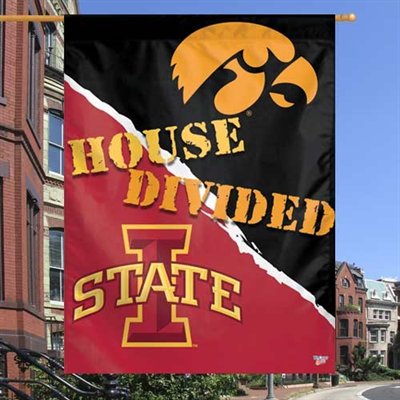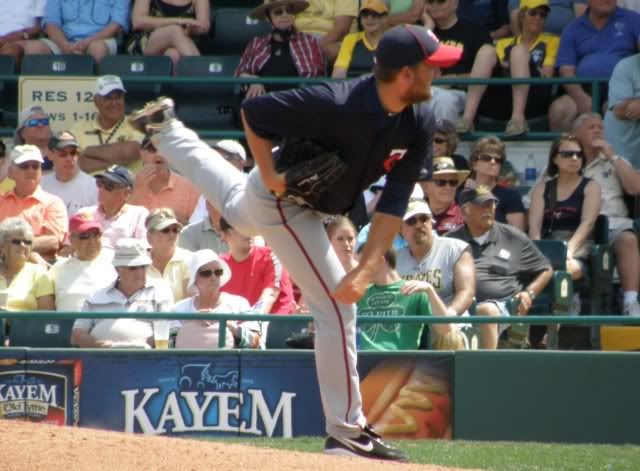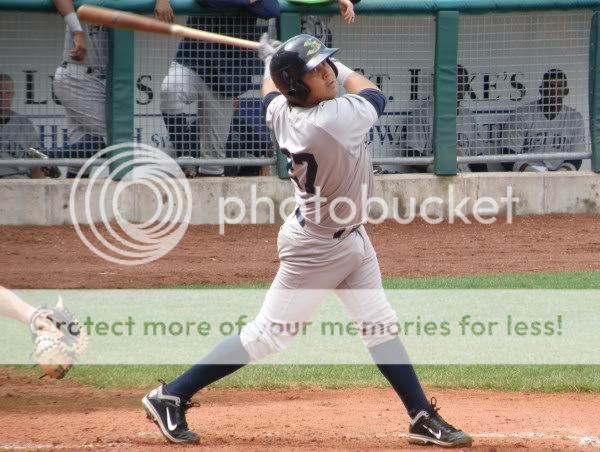It was with much fanfare that Major League Baseball announced a new, slightly expanded, postseason format as a part of the new Collective Bargaining Agreement. It was reportedly solely due to the will of Commissioner Bud Selig that a way was found to implement the new format for the current season, rather than waiting one more year, when the leagues would be balanced and the spacing of postseason games could more easily be adapted to the format.

So what was the big deal? Is it really that important to the fans? I suppose that depends on the fan base you talk to. Most Twins fans probably don’t give a damn, since nothing short of a high school basketball tournament format where everybody automatically gets to play at least one game would help the Twins make the postseason this season.
But what effect is the new format having elsewhere in baseball? The argument that supporters of the new format (including myself) made was that adding one more Wild Card spot in each league and making the two WC teams play a single win-or-die play-in game would keep more teams in contention later and therefore keep more fans in more cities engaged during September, when MLB tends to start hemorrhaging fans who turn their attention to football if the local MLB team has fallen out of contention. The single play-in game would also motivate teams to win their own division, rather than just settle for the Wild Card and coast through the final couple weeks of the season once that much was assured.
I thought this might be a good time to take a look at whether those arguments are holding up as we enter the final three weeks of the regular season.
Frankly, in the American League, I’m not sure the new format is having much, if any, effect. That’s primarily due to the AL having three highly contested division races, which certainly doesn’t happen every year. The top five non-division-leaders are also relatively closely packed together, so whether they were clawing for one WC or two, the fans in all five cities would probably be remaining engaged. Even Detroit, which would sit six games back in the WC standings and trailing four teams in the old format, remains in the thick of things since they’re only two games out of the Central Division lead anyway.
In other words, whether under the new format or the old, the same eight AL teams are in contention and nobody would have the kind of lock on a playoff spot that would have allowed them to coast toward the finish in the old format.
But in the National League, things are more than a bit different.
All three current division leaders have healthy gaps between themselves and their nearest competitor. Washington and San Francisco have 5.5 game leads and Cincinnati has an 8.5 game lead. On top of that, Atlanta has a similar 5.5 game lead over the next non-division-leader, St. Louis. In other words, under last year’s format, we’d be coming pretty close to declaring the NL playoff bracket to be set.
The Dodgers would not only trail the Giants by 5.5 in their division, but they’d be seven games out of the Wild Card race. The Pirates would be 8 games back and no other team would be within 10 games of a WC spot.
If the Braves could maintain that kind of lead over the others, they’d have limited incentive to try to close the gap on the Nationals, knowing they’d enter the playoffs on equal footing with the three division winners.
But these teams are not playing under the old format.
In the new format, the Cardinals, rather than having their postseason hopes being on life support, are currently claiming the second WC spot in the NL. Not only that, but the Dodgers are just 1.5 games behind St. Louis and the perennial also-ran Pirates are just a game behind the Dodgers (and just 2.5 out of the final WC spot).
Even the Brewers, Phillies and D’Backs, who would all be around a dozen games out of the WC race in the old format, are still hanging on to hopes with deficits half that size this year.
But that’s not all.
If the Braves want to avoid having to endure a single play-in game, they need to pull out all the stops and try to catch up to Washington… and the Nationals can’t just sit back and figure it really doesn’t matter if the Braves catch them or not. It matters! And while the Reds may be coming close to having their division title locked up, the Giants can’t afford to take their foot off the gas pedal and risk letting the Dodgers steal the NL West from them, either.
If you look at the NL schedule of games on any given day, you would have to try very hard to find a single game with any kind of playoff ramifications under the old format. This year, there are probably at least 4-5 games every night that have potential postseason impact.
I know there are plenty of people who still don’t see it as “fair” to play a 162 game schedule and have that come down to a single play-in game to qualify for the postseason. Most of those people seem to be managers and players on potential Wild Card teams.
To them, I can only say, if you don’t like it, win more of those 162 games. Win your division and earn the advantage of knowing you’ll have a playoff series, rather than a single game. Earn the right to perhaps set your rotation for the postseason. And if you can’t earn it, if you just aren’t good enough through 162 games to win your division, then maybe… possibly… you might still be allowed a “second chance” play-in game. That’s what a Wild Card spot should be… a second chance for teams that haven’t won anything.
I’m sure the compacted postseason schedule will be kind of messed up this season, but for my money, the new Wild Card format is working just the way I hoped it would. As much as I hate to admit it, this time Bud Selig got something right.
– JC



































